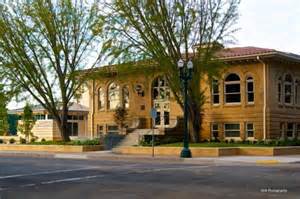Sep 15 2018 - Dec 30 2018
Carnegie Arts Center - Turlock
Turlock, CA
José Guadalupe Posada (1852–1913) was one of Mexico’s most influential political printmakers and cartoonists. Posada produced an extensive body of imagery, from illustrations for children’s games to sensationalistic news stories. He is best known, however, for his popular and satirical representations of calaveras (skeletons) in lively guises, who have become associated with the Día de los Muertos (Day of the Dead) celebrations. Posada’s prints shaped generations of Mexican artists including the muralists Diego Rivera and José Clemente Orozco. This exhibition features a wide range of prints and print media including calaveras, chapbooks, political prints, devotional images, and representations of natural disasters and popular events. The works for this exhibition are generously on loan from David Sellers.
Credit: Exhibition overview from museum website
Whether you go or not, there are a number of books available about José Guadalupe Posada and his Penny Press, including the exhibition publication, José Guadalupe Posada and the Early Mexican Penny Press , which features more than 140 works. These are grouped according to the following themes: modernization; devotional imagery, sensational events (crimes, scandals, moralizing tales); natural and man-made disasters; calaveras and the Day of the Dead; humor, stories, games, and songs; heroes and bandids; and nation and revolution. It includes a number of Posada's most important images―Las Garbanceras, Don Quixote la primera, and El Purgatorio Artístico, and equally inventive buy less well known works such as the comical Dialoguito da Mamá Tierra con D. Cometa Halley, El mosquito Americano, El fantasma de la catedral, and Una mujer qui dio a luz tres niños y quarto animales.
This study contextualizes Posada's work in late nineteenth- and early twentiety-century Mexico City, which was dominated by the dramatic modernization of the country under the lenthy presidency of Porfirio Díaz and the subsequent Revolution of 1910. It considers a wide range of Posada's career as an illustrator and printmaker in the capitol, focusing particularly on his work for the publisher Antonio Vanegas Orroyo. It also includes works by Posada's contemporary, Manuel Manilla.
The more than 140 works featured in this study are grouped according to the following themes: modernization; devotional imagery, sensational events (crimes, scandals, moralizing tales); natural and man-made disasters; calaveras and the Day of the Dead; humor, stories, games, and songs; heroes and bandids; and nation and revolution. It includes a number of Posada's most important images―Las Garbanceras, Don Quixote la primera, and El Purgatorio Artístico, and equally inventive buy less well known works such as the comical Dialoguito da Mamá Tierra con D. Cometa Halley, El mosquito Americano, El fantasma de la catedral, and Una mujer qui dio a luz tres niños y quarto animales.

